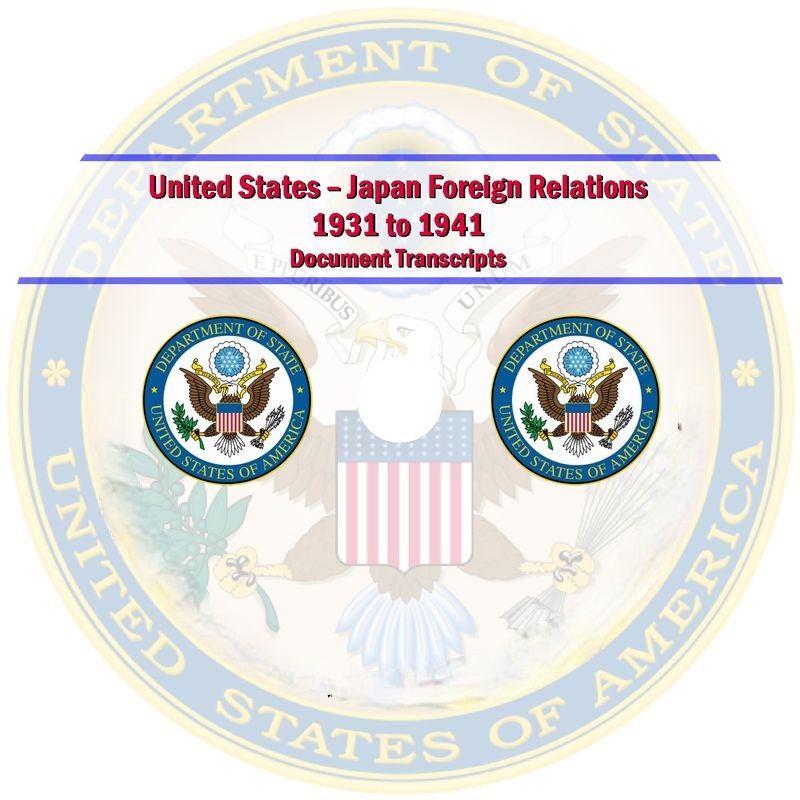
United States – Japan Foreign Relations 1931 to 1941 Document Transcripts
$19.50
Description
US-Japan Relations, 1931-1941
Timeline of Main Events (1931-1941) based on provided source:
- September 18, 1931: Japan begins its occupation of Manchuria, marking the start of increased tensions and diplomatic friction with the United States.
- 1932: Japanese military action in Shanghai.
- 1934-1936: Japan continues political and economic expansion into China.
- 1922/1935: Japan denounces the Washington Naval Treaty of 1922 and withdraws from the London Naval Conference of 1935.
- Mid-1930s: Japan refuses to agree to limitations on battleship gun calibers and rejects proposals for reciprocal naval construction information exchange. They also decline to allow reciprocal courtesy naval visits.
- Late 1930s: Japan begins an undeclared war in China, further expanding by force and threatening American interests.
- Late 1930s: Japanese bombing of civilians and other acts that endanger the lives of American citizens in China occur.
- December 12, 1937: The USS Panay is sunk by Japanese forces.
- Late 1930s and Early 1940s: Japan interferes with American treaty rights and commercial opportunities in occupied China.
- Late 1930s and Early 1940s: The United States begins to express a policy of relinquishing extraterritorial rights in China.
- 1939-1941: Tensions between the United States and Japan escalate due to Japanese military aggression.
- February 21, 1911 (Abrogated): The United States abrogates the treaty of commerce and navigation with Japan.
- 1940-1941: The United States implements economic measures that affect trade with Japan.
- 1940-1941: Japan extends its expansion into Southern Asia and South Pacific territories.
- 1940-1941: Informal conversations take place between the governments of the United States and Japan in an attempt to reach a peaceful settlement.
- Early 1941: The United States freezes Japanese assets in the United States.
- Throughout the period: Relations between Japan and European Axis powers and the Soviet Union are a point of concern for the United States.
- December 7, 1941: Japan launches a surprise attack on Pearl Harbor.
- December 8, 1941: The United States declares war on Japan, and wartime cooperation begins between the United States, the British Empire, China, and the Netherlands.
- Post December 7, 1941: The Soviet Union remains neutral in the Pacific War.
Cast of Characters
Here are the principal characters implied or mentioned in the provided source, with brief bios based on their roles in these events:
- Secretaries of State of the United States: These officials are the highest-ranking members of the US government responsible for foreign policy and are the primary participants in US-Japan diplomatic correspondence during this period. Specific names are not mentioned in this source. They are responsible for formulating and directing America’s response to Japanese aggression.
- United States Ambassadors in Japan: These are the primary representatives of the United States government in Japan. They play a crucial role in communicating with the Japanese government and reporting back to the US on events and diplomatic exchanges. Specific names are not mentioned in this source, but they were pivotal in relaying information to the US government.
- Prime Ministers of Japan: The heads of the Japanese government are key players in directing Japan’s policies and expansionist agenda. While specific names are not provided, they are the executive decision-makers regarding Japan’s foreign policy.
- Japanese Minister for Foreign Affairs: This Japanese official is equivalent to the US Secretary of State. They were instrumental in directing Japan’s diplomatic strategy and were often the main counterpart to the US Secretary of State.
- Japanese Ambassadors in the United States: These officials represented the Japanese government in the United States and were involved in diplomatic exchanges and negotiations with the US government. Specific names are not mentioned in this source, but they were a crucial link between the two countries.
Other implied groups:
- American Citizens in China: This group was affected by the Japanese military actions in China, leading to concerns from the US government. The protection of their interests was a significant driver of US policy.
- The British Empire, China, and the Netherlands: These countries became wartime allies of the United States after the attack on Pearl Harbor, indicating a larger geopolitical picture. They played a significant role in opposing Japanese aggression.
- The Soviet Union: The source indicates their neutrality in the Pacific theater, indicating the complex nature of the global conflict.
- Axis Powers: The source mentions the connections of Japan with the Axis Powers, placing the conflict within the wider context of the Second World War.
United States – Japan Foreign Relations 1931 to 1941 Document Transcripts
This collection consists of 3,010 pages of transcribed diplomatic documents, organized into three volumes from the State Department’s “Foreign Relations of the United States” series.
The State Department’s Historical Division chose these documents to provide a thorough account of the diplomatic interactions between the U.S. and Japan regarding the issues that led to their conflict. This period spans from Japan’s occupation of Manchuria on September 18, 1931, to the attack on Pearl Harbor on December 7, 1941, and the subsequent U.S. declaration of war on December 8, 1941.
The collection includes various forms of communication, such as notes, diplomatic letters, telegrams, conversation summaries, meeting records, and reports.
The individuals involved in these communications include U.S. Secretaries of State, U.S. ambassadors to Japan, Japanese Prime Ministers, the Japanese Foreign Minister, and Japanese ambassadors to the U.S.
The diplomatic papers cover a range of topics, including:
Japan’s occupation of Manchuria and the U.S. policy response.
Japan’s military actions in Shanghai in 1932.
Increased Japanese political and economic influence in China between 1934 and 1936.
Japan’s cancellation of the 1922 Washington Naval Treaty.
Japan’s departure from the 1935 London Naval Conference.
Japan’s unwillingness to agree to limits on battleship gun sizes.
Japan’s rejection of a proposal from the U.S., Britain, and France to share naval construction information.
Japan’s denial of reciprocal courtesy visits by U.S. naval ships to certain Japanese territorial waters.
Japan’s undeclared war in China and further expansion through military force or threats.
Japanese bombings of civilians and other actions that endangered the safety of American citizens in China. Here’s a paraphrased version of the provided text:
The U.S.S. Panay was sunk on December 12, 1937.
Japan’s actions in occupied China violated American treaty rights and hindered equal business opportunities.
The Secretary of State announced the U.S. policy of willingly giving up its special legal rights in China through agreements.
Increasing strain developed between the United States and Japan due to Japan’s military expansion from 1939 to 1941.
Japan had connections with the European Axis Powers.
The United States terminated its trade and navigation treaty with Japan, which had been signed on February 21, 1911.
The United States implemented economic restrictions that impacted trade with Japan.
Japan expanded its influence into Southern Asia and territories in the South Pacific.
The U.S. and Japanese governments engaged in informal discussions.
Prior to the Japanese attack on American territory on December 7, 1941, attempts were made to achieve a peaceful resolution between the two nations.
Following the December 7th attack, the United States, the British Empire, China, and the Netherlands collaborated during the war, while the Soviet Union chose to remain neutral in the Pacific conflict.
The United States froze Japanese assets within its borders.
Japan maintained relationships with both the Axis Powers and the Soviet Union.
Related products
-
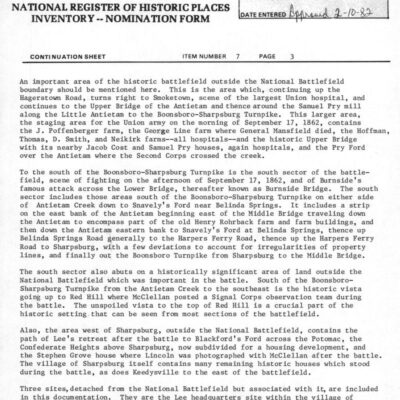

Civil War: Battle of Antietam (Sharpsburg) – National Park Service Archives
$9.99 Add to Cart -


Operation POPEYE in the Vietnam War
$5.94 Add to Cart -
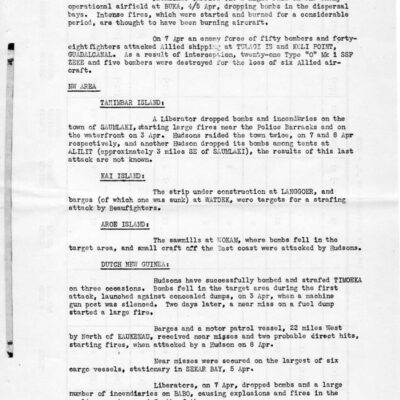
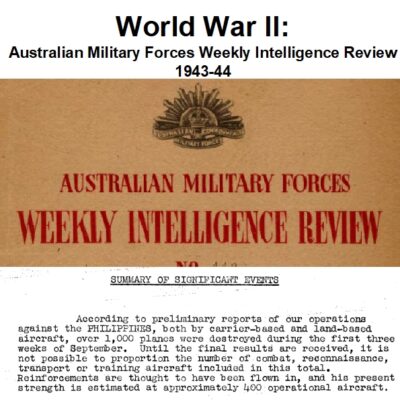
World War II: Australian Military Weekly Intelligence Reports 1943-44
$3.94 Add to Cart -
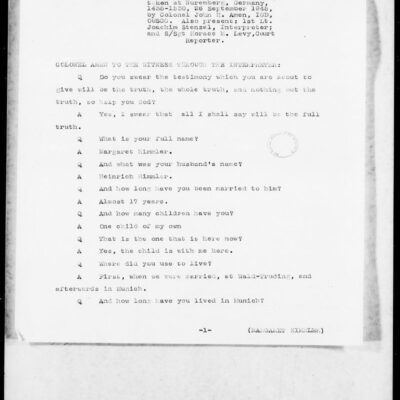
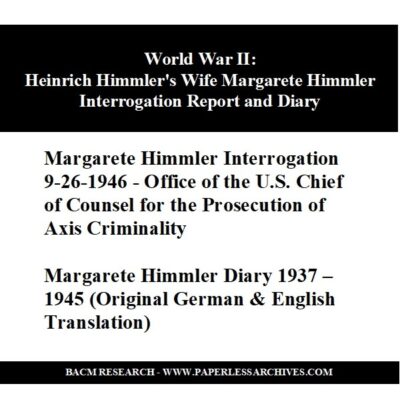
World War II: Interrogation Report and Diary of Margarete Himmler, Wife of Heinrich Himmler
$3.94 Add to Cart